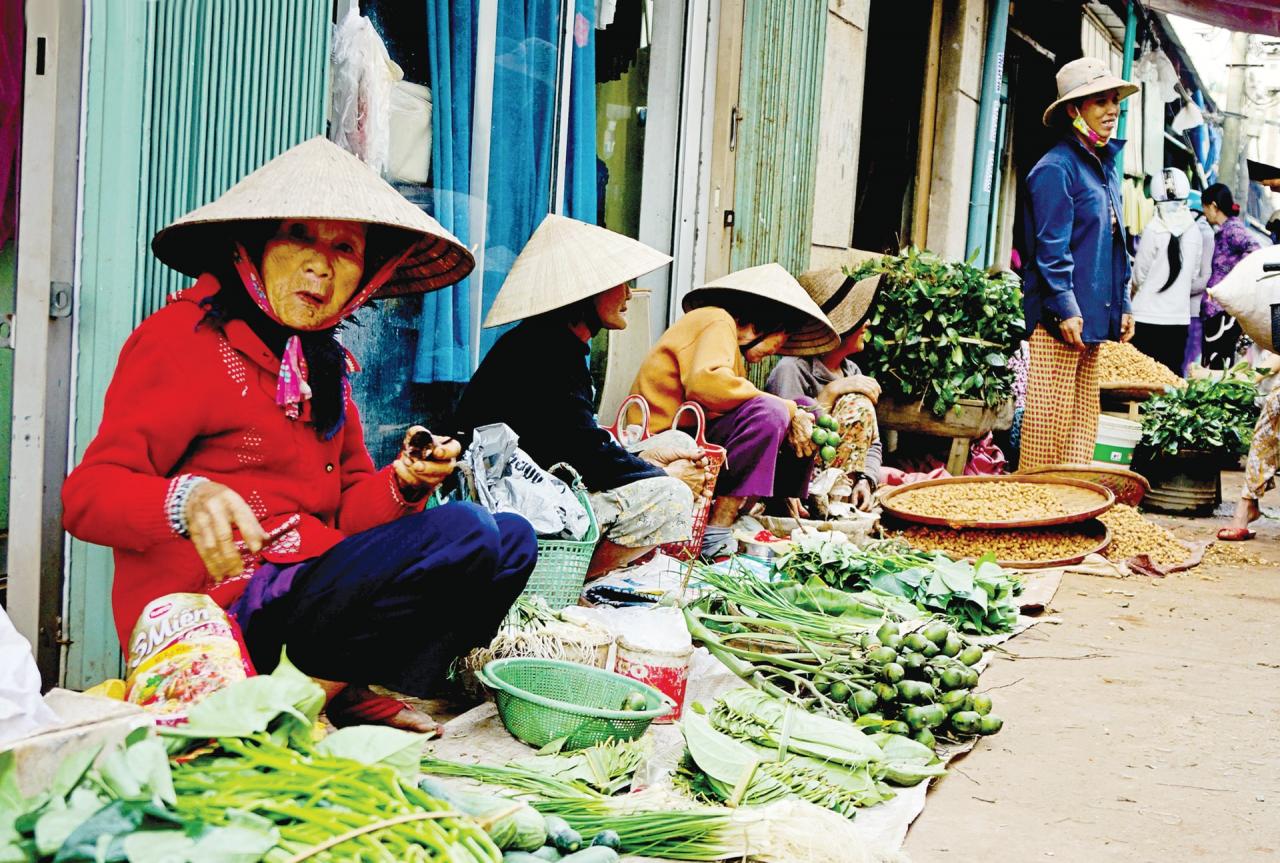
“Linh Nam Chich Quai” is one of the first works of Vietnamese folk literature, written in Chinese prose, very rare and remaining from the Ly and Tran dynasties. One of the ancient Vietnamese tales in “Linh Nam Chich Quai” includes the story of the areca tree (Tan Lang story).
Morality from the ages
Perhaps there is no need to summarize the content, I believe everyone remembers and can retell it clearly. During the time of King Hung Vuong, there were two brothers Tan and Lang who looked exactly alike...
How can outsiders tell the difference? How? This detail makes us understand more deeply the meaning of family meals. “One day, a girl in her mid-twenties invited two brothers to her house for a meal: “The girl set out porridge and a pair of chopsticks for the two of them to eat so that she could observe the brothers. Seeing that the younger brother let his older brother eat first, the girl told her parents the truth and asked to marry her to the older brother.”
Just a small detail but it reflects the customs and habits of ancient Vietnamese people. That, when having a family meal, members always wait for the elder to pick up the chopsticks before daring to follow.
The reason for mentioning it again is to see that the story of the areca tree of the Vietnamese people has appeared since ancient times, not a "fabrication" later. So, since time immemorial, whenever there is an important occasion, there must be betel and areca. Why? According to "Linh Nam Chich Quai", after death, the younger brother turned into "a tree growing at the mouth of a stream", the older brother turned into "a stone rolled around the base of a tree", the wife turned into "a vine wrapped around a stone, the leaves have a spicy aroma".
Obviously, all three are one. If we take the liberty to think a little further, does this detail “predict anything about the three regions of North, Central and South in the future?” That is, although there are three regions, they are a unified block that no one, nothing can divide or separate.
With this thought, we feel warmer and love the story of betel and areca even more. Not only now but also during the time of King Hung: "At that time, people passing by all burned incense and bowed, praising their harmonious brotherhood and their loyal husband and wife."
“A piece of betel leaves is the beginning of a conversation”
Betel - a familiar image that has entered literature. For example, the writer To Nguyet Dinh, from the South, described Mrs. Phan's act of chewing betel after bowing to Buddha: "Mrs. Phan sat back on the chair, opened the umbrella, took out a yellow betel leaf, smeared with lime, put it in her mouth and chewed noisily. She also took a piece of fresh areca nut that her sister had split, a piece of paper bark and put it in her mouth and chewed...".
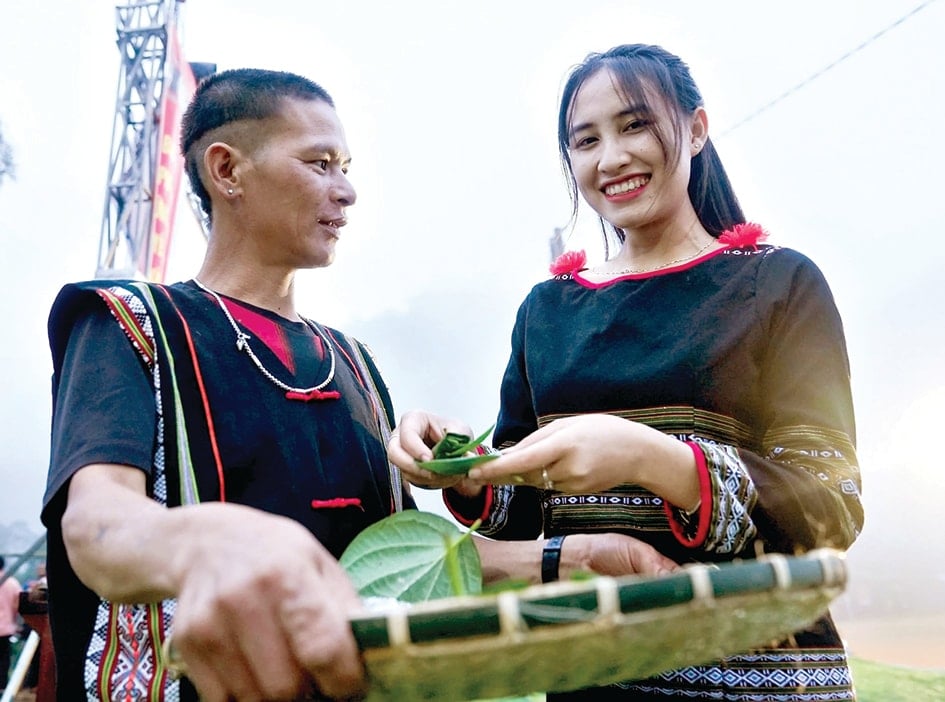
Once determined from daily activities, thereby proving that Vietnamese culture is a unified block, similar in difference, then, betel chewing is not regionally specific.
When I was young, I saw that in funerals, festivals, and Tet holidays, there was always a tray of betel in the house. Men chewed betel, women also chewed betel. While chewing betel, they chatted happily, and when they needed to spit, the spittoon was already placed under the rice paddy, the bed, or the bed they were sitting on, clearly just like Mrs. Phan.
So, let me explain a little more, from the above passage to see that the way of chewing betel in the South is similar to the people of Quang Nam . When Mrs. Phan "opened the umbrella", the umbrella here is a betel box, a box to hold betel, which can also be contained in a tray, so there is a folk song: "Men are as shallow as a well/ Women are as deep as a tray to hold betel". Thoi means "deep and deep".
Often said about deep wells" - Vietnamese Dictionary (1931) explains; while "coi" is the opposite, meaning "shallow". This is a paradoxical, ironic way of speaking, like: "Honest as a buffalo driver/ Loving each other as a mother-in-law and daughter-in-law". In Vietnamese, the expression "thought like that but not like that" is so strange!
When Mrs. Phan took “a piece of paper bark and put it in her mouth to chew”. This bark was the bark of the chay tree, people had beaten it into fibers, only then would it have a richer flavor, making it even more delicious, because: “Chewing betel with chay bark/ That lime, no matter how bland, still tastes spicy (folk song)...
Once we know the story of “harmonious brotherhood and loyal husband and wife”, we will understand more deeply why betel and areca nuts are always included in the offerings to the ancestors’ altars, weddings, engagements, death anniversaries, etc. From there, we can see that Vietnamese people cannot “lose their roots” if they still maintain the good “traditional customs” passed down from ancient times.
The story of betel and areca nut has existed since the Hung King period, through more than four thousand years of war, chaos, assimilation by foreign invaders... but the morality of husband and wife, blood relations is still there. The morality of the Vietnamese people, still exists for thousands of years. Never lost for thousands of years. As the Imperial Doctor Vu Quynh said, "the connection to social norms and the development of culture is not small".
Source: https://baoquangnam.vn/trau-cau-dao-ly-cua-nguoi-viet-3148250.html










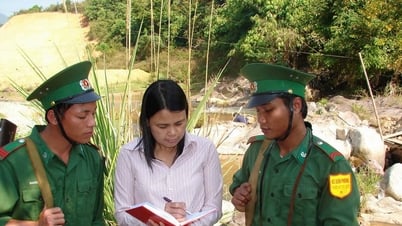

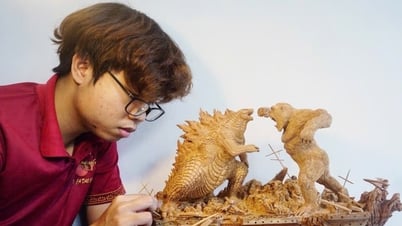









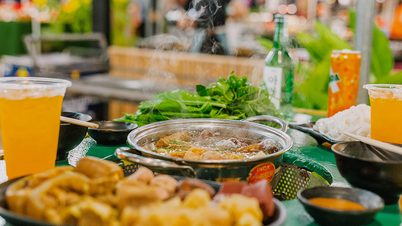











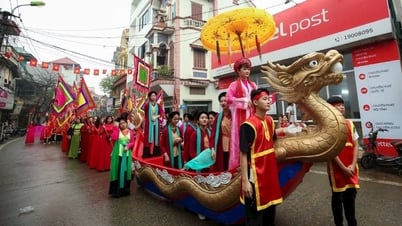

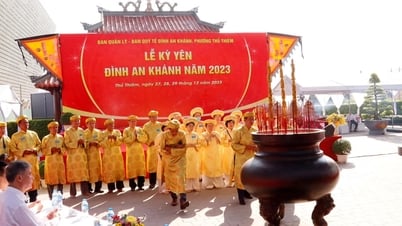

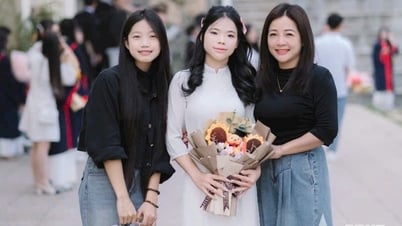





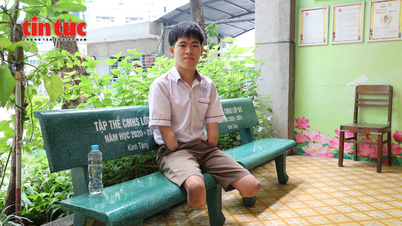

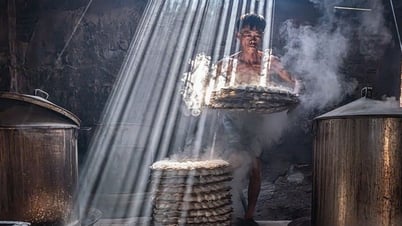



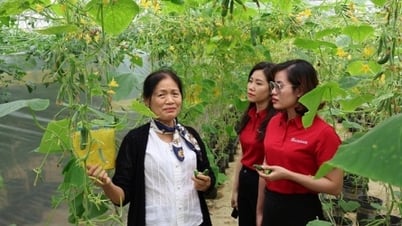

















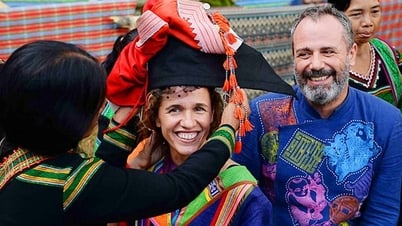











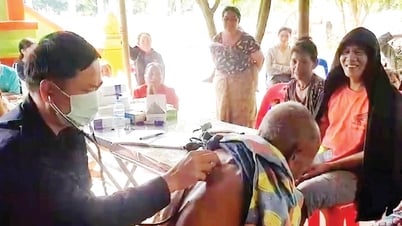

![[OCOP REVIEW] Bay Quyen sticky rice cake: A hometown specialty that has reached new heights thanks to its brand reputation](https://vphoto.vietnam.vn/thumb/402x226/vietnam/resource/IMAGE/2025/7/3/1a7e35c028bf46199ee1ec6b3ba0069e)













Comment (0)